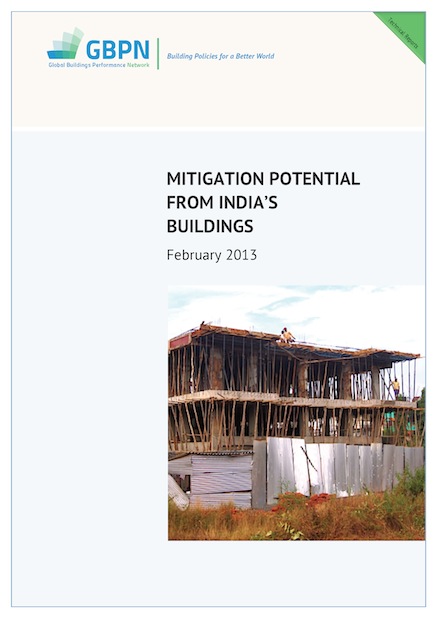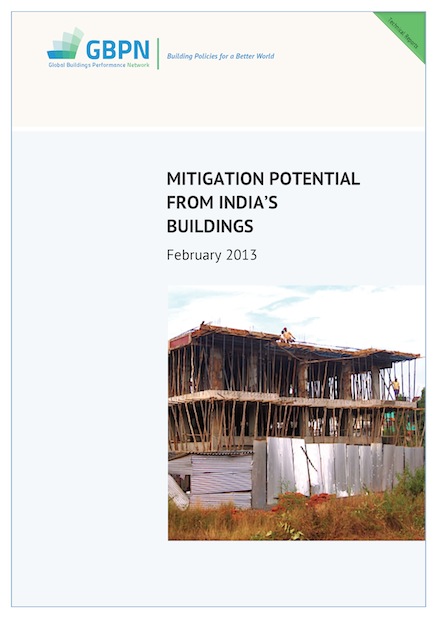印度建筑的减排潜力

可靠证据表明,至2050年印度建筑领域会产生巨幅能源增长,基于此估测,本报告分析了印度目前建筑节能减排的政策框架及其节能潜力。
7 result(s) found

可靠证据表明,至2050年印度建筑领域会产生巨幅能源增长,基于此估测,本报告分析了印度目前建筑节能减排的政策框架及其节能潜力。
可靠证据表明,至2050年印度建筑领域会产生巨幅能源增长,基于此估测,本报告分析了印度目前建筑节能减排的政策框架及其节能潜力。
 可靠证据表明,至2050年印度建筑领域会产生巨幅能源增长,基于此估测,本报告分析了印度目前建筑节能减排的政策框架及其节能潜力。
可靠证据表明,至2050年印度建筑领域会产生巨幅能源增长,基于此估测,本报告分析了印度目前建筑节能减排的政策框架及其节能潜力。
 Technical Report
Technical Report
Demonstrating the enormity of the predicted energy growth in India's building sector up to 2050, this report explores the current political framework for energy efficient buildings and the potential for change.
Naturally ventilated buildings have been worldwide increasingly welcomed, given the current global awareness toward environmental sustainability, indoor health-quality and renewable energy. As Natural Ventilation (NV) performance relies on building design and interaction with the local environment, its potential benefits are not always easy to take advantage of, and thus sets up a vital field of study. This paper provides an overview of investigations on the subject by collecting researches focused on thermal comfort, energy efficiency and indoor air quality.
People spend most of their time inside buildings, and buildings are responsible for approximately one third of total direct and indirect energy-related worldwide carbon emissions. Likewise, buildings in the U.S. account for about 40% of total U.S. energy consumption. Future building development will be driven not only by emerging challenges such as vulnerability to a changing climate and resource scarcity, but also by disruptive innovations and societal changes.
The built environment accounts for approximately forty percent of the total energy consumption in developed countries. Because buildings have a long life, the greatest opportunity for energy reduction in the built environment will come from energy conservation in the existing building stock. An overview of the policy challenges presented by the built environment, with an emphasis on existing facilities, is accompanied by a discussion of specific technologies that may have the potential to reduce energy use.